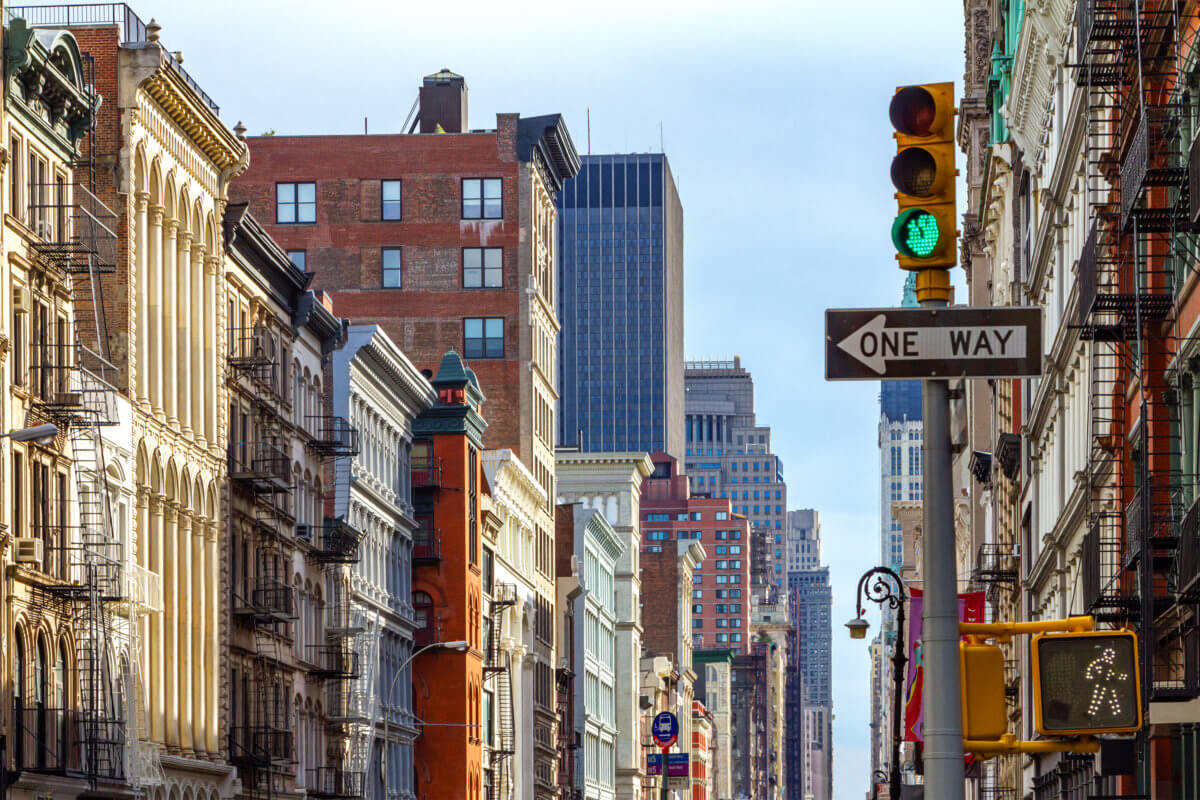The Real Estate Board of New York has unveiled its latest Manhattan retail report, shedding light on the retail landscape in the borough during the second half of 2023 — showing a real estate market with high demand from retailers, and yet rent levels in most retail corridors continue to lag behind pre-pandemic peaks. [Source: AmNY]
The report, which analyzed activity along major retail corridors from July to December 2023, suggests that, despite sustained tourism and consumer expenditures, rent averaged 20% to 30% below pre-pandemic levels in nearly all corridors.
“While still significantly below 2019 levels, the Manhattan retail market is showing signs of resurgence,” said Keith DeCoster, director of Market Data and Policy at REBNY. “With slow but steady growth in tourism activity, commuter foot traffic and office visitations, retailers are absorbing larger footprints and landlord concessions are becoming less common.”
The trend, the researches found, is attributed to ongoing challenges such as below-par tourism and office workers remaining at home, along with staff shortages, lengthy permit and buildout schedules, quality of life issues, and significantly higher borrowing costs for retailers.

Brokers, as a result, are expressing cautious optimism for 2024 despite these obstacles — as demand from a diverse range of retailers remained steady in the second half of 2023, fostering hope for a rebound in the upcoming year.
Notably, several large real estate deals in competitive neighborhoods contributed to rising rents, and helped foster a robust performance in the market during the second half of 2023, according to the report.
Average asking price for rent saw a year-over-year increase in 12 of the 17 corridors analyzed in the study, suggesting a bounce-back of certain neighborhoods since 2020. Notably, SoHo, Madison Avenue, and Flatiron emerged as the most competitive areas for leasing, with strong real estate activity and high demand from renters.
In contrast, areas like Times Square, Upper Fifth Avenue, and Midtown East saw improvement, but less intense leasing activity — largely due to the lack of office workers concentrated in those business districts. The retail sector’s resilience amid ongoing challenges indicates a dynamic market, with both opportunities and obstacles shaping the trajectory of Manhattan’s retail corridors. [Source: AmNY]





